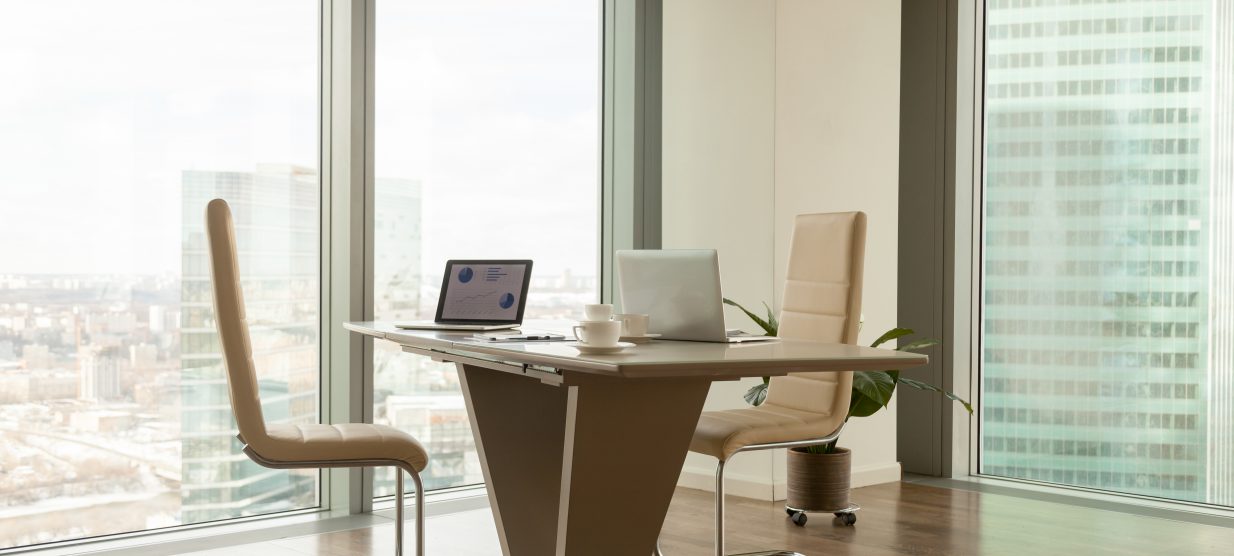The New Norms of Workplace Safety in Serviced Offices
In a world that’s rapidly shifting beneath our feet, the traditional office landscape has undergone a seismic transformation. Gone are the days when a simple fire exit and a first aid kit sufficed. Today, the office – especially the trendy, flexible serviced office – has become a dynamic arena where safety isn’t just a protocol; it’s a core principle. For small businesses and companies navigating the bustling office real estate market, understanding these new norms isn’t just smart – it’s essential.
Redefining Safety: More Than Just a Checklist
Serviced offices have always been about convenience and flexibility. But now, they’re also about resilience – building workspaces that adapt swiftly to emerging health and safety challenges. The pandemic accelerated this shift, pushing safety from a behind-the-scenes concern to the forefront of office design and operation. Today, safety measures encompass everything from advanced air filtration systems to touchless technology, creating environments that prioritize health without sacrificing productivity.
This new norm demands a proactive approach. It’s no longer enough to react to issues; companies must anticipate and prevent them. From rigorous cleaning protocols to spatial redesigns that promote social distancing, the focus is on creating a workspace that feels secure and inviting. For small businesses, this means choosing serviced office providers who invest in cutting-edge safety features, ensuring their teams can work confidently without fear lurking in the background.
Technology Takes Center Stage
The role of technology in enhancing workplace safety has never been more prominent. Smart access controls, biometric entry systems, and contactless elevators are becoming standard features in serviced offices. These innovations reduce touchpoints – those tiny but mighty vectors for germs – and streamline the flow of people through shared spaces.
Moreover, integrated health monitoring tools – like temperature scanners and occupancy sensors – allow for real-time oversight of safety parameters. For small businesses, leveraging these tech advancements isn’t just about compliance; it’s about fostering trust. Clients and employees alike want to know that their workspace actively safeguards their health. The office of today is a digital fortress, constantly monitoring and adjusting to maintain a safe environment.
Designing for Safety: The New Blueprint
Physical space design is undergoing a renaissance. Open-plan layouts are being reimagined with safety in mind, incorporating barriers, designated pathways, and flexible furniture that can be easily sanitized. The goal isn’t to stifle collaboration but to do it safely – creating zones that encourage interaction without compromising health.
In serviced offices, communal areas like kitchens, lounges, and meeting rooms are being redesigned to reduce congestion. Touchless fixtures – think automatic doors and voice-activated controls – are becoming commonplace. These changes aren’t just aesthetic; they’re strategic, aimed at minimizing risk and instilling confidence among users. For small companies, partnering with serviced office providers who prioritize thoughtful design can make all the difference in sustaining a healthy, vibrant work environment.
The Human Element: Culture and Communication
While technology and design are vital, the human element remains at the heart of workplace safety. Cultivating a safety-conscious culture involves clear communication, ongoing training, and empowering employees to take an active role. In serviced offices, this means transparent protocols, visible signage, and regular updates about safety measures.
Small businesses, in particular, have an advantage – they can foster close-knit teams where safety is a shared responsibility. When everyone understands their role in maintaining a secure environment, safety becomes woven into the fabric of daily operations. The new norms aren’t just about physical barriers; they’re about building a mindset that prioritizes well-being at every level.
Looking Ahead: The Future of Workplace Safety in Serviced Offices
As the world continues to evolve, so too will the standards for workplace safety. The future of serviced offices is one where flexibility and resilience go hand-in-hand. Expect to see more AI-driven monitoring, smarter space utilization, and a continued emphasis on health-centric design.
For small businesses and the office real estate market, embracing these new norms isn’t optional – it’s a strategic move. The companies that prioritize safety will attract talent, impress clients, and thrive in an increasingly competitive landscape. The office of the future isn’t just a place to work; it’s a sanctuary where safety and innovation coexist seamlessly.
In conclusion, the new norms of workplace safety in serviced offices mark a significant shift from reactive measures to proactive, integrated strategies. They reflect a broader understanding that a safe workspace isn’t a luxury – it’s a fundamental requirement for success in today’s fast-paced, health-conscious world. For small businesses and companies seeking a foothold in the evolving office real estate market, embracing these changes isn’t just wise – it’s vital for long-term growth and peace of mind.

Do not hesitate to contact us
Get in touch, if you have any question


